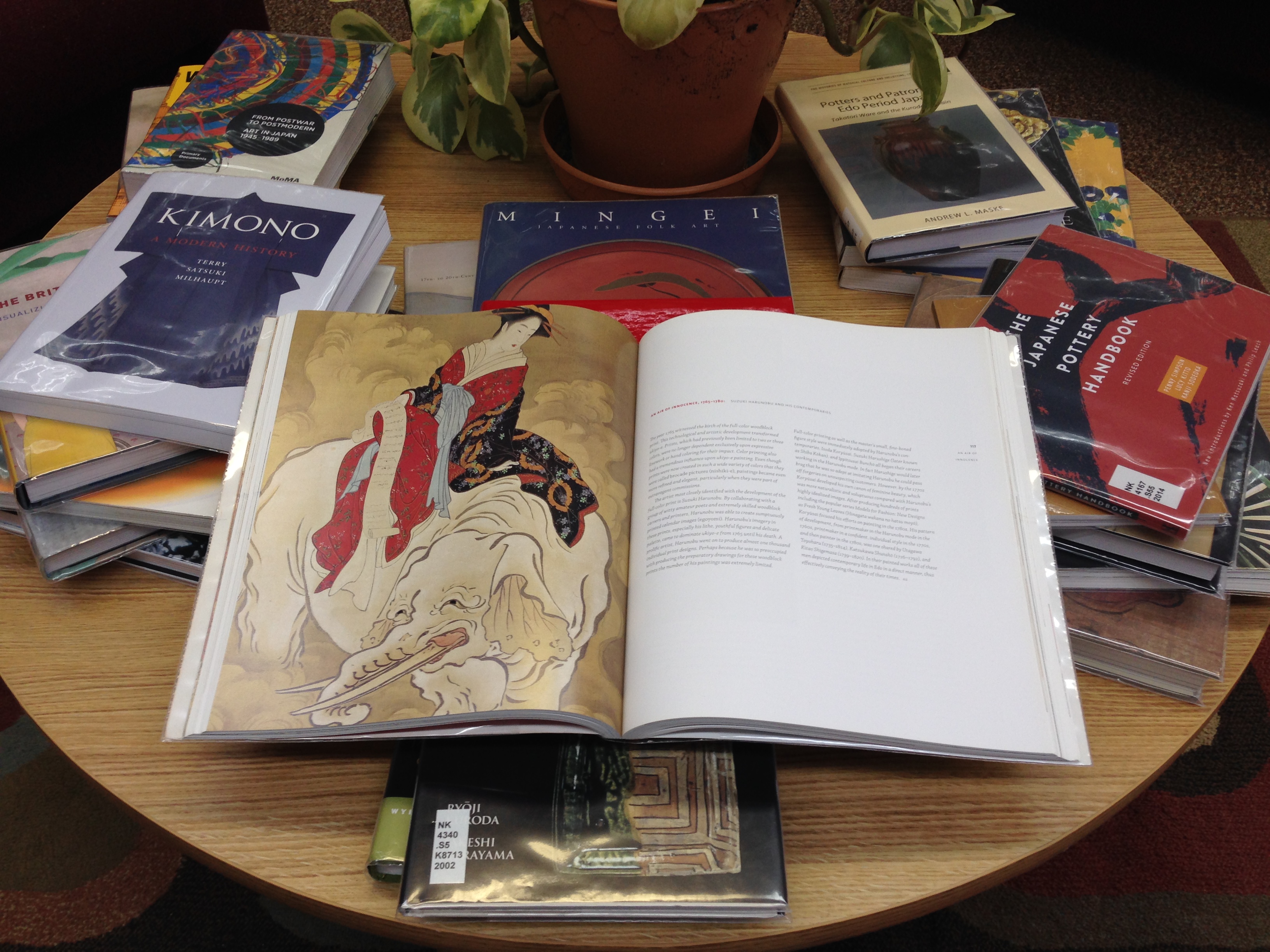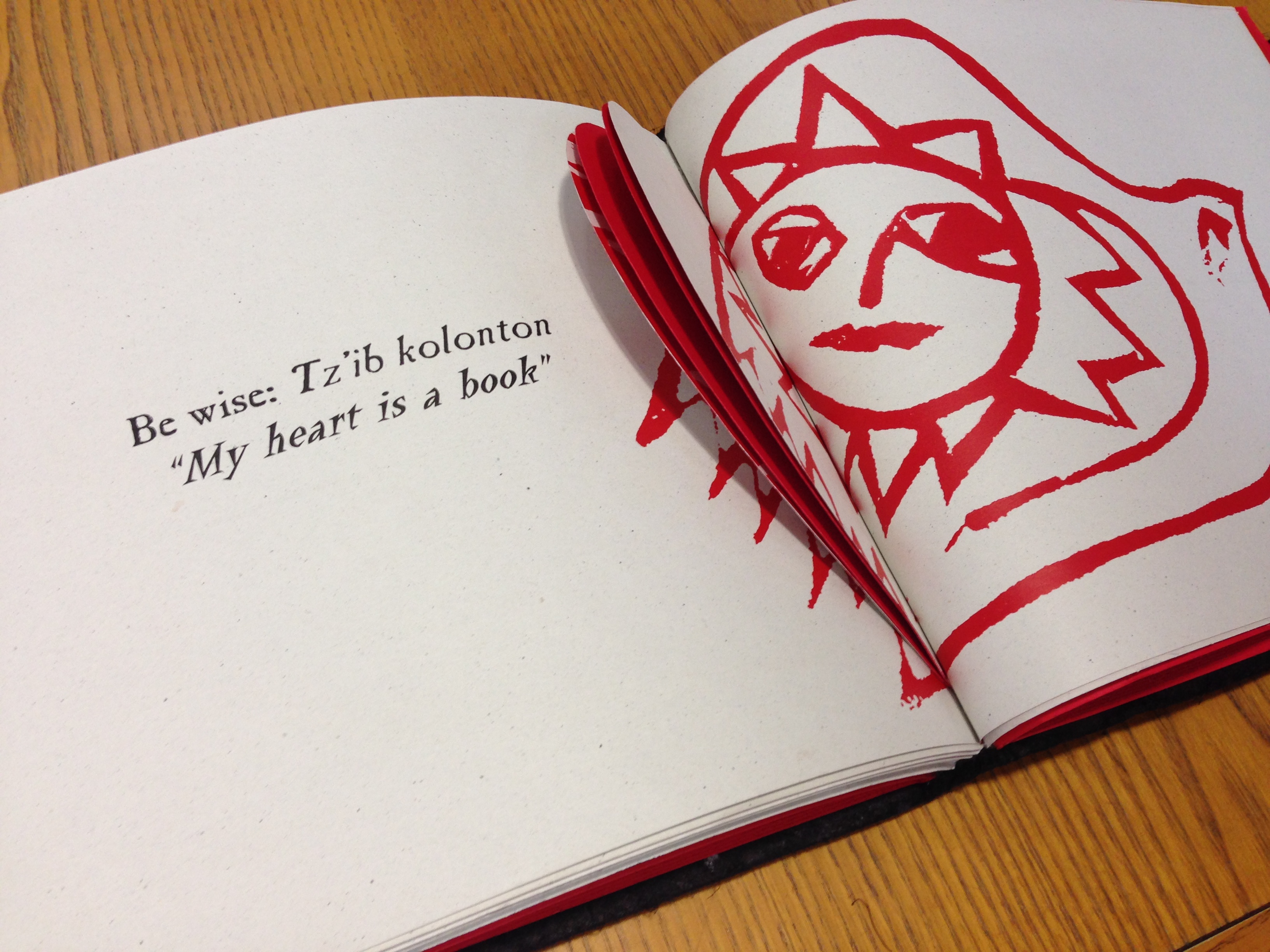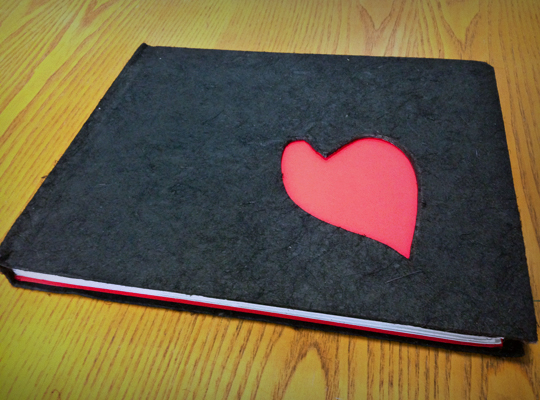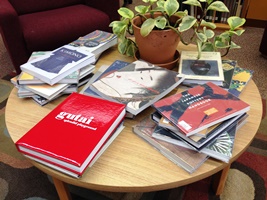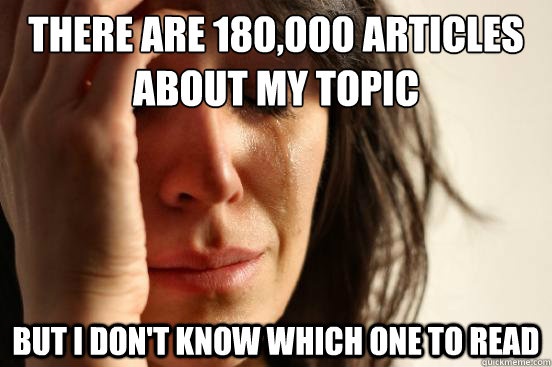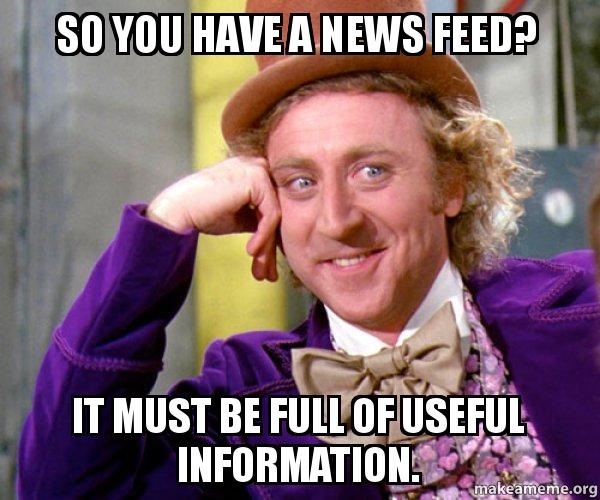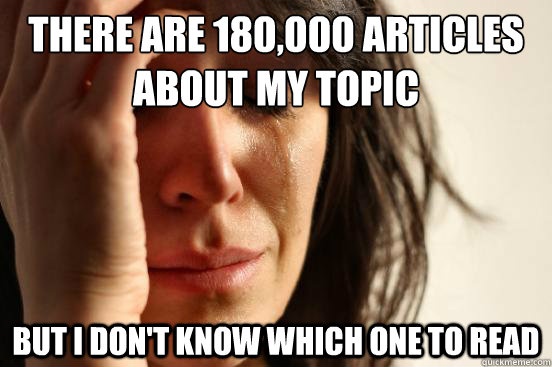Researchers, fans, and students of Japanese art and culture–rejoice! Scholes has just added 24 new books on Japanese art to the collection (with more on the way)!
This exciting addition is due to a grant secured for the library by Professor Meghen Jones and myself (Art Librarian Eva Sclippa). The grant, from the Northeast Asia Council of the Association for Asian Studies, was awarded to help the Scholes Library update and expand its collection in the subject area of Japanese art. Upon arriving at Alfred University this past year, Dr. Jones quickly drew my attention to the limited scope of our offerings on the topic; upon further research, we discovered that over 75% of our books on Japanese art were published prior to 1975–the collection was desperately in need of revitalization. We’re very grateful to the NEAC for the support of this grant.
The books are currently out on the new books shelf in the lobby of the library, just as you walk in the front doors. We encourage you to browse them and see if any catch your interest; there are some really beautiful items out there! Here are some short profiles of a few especially interesting ones, selected entirely on my personal whims:

Kimono: A Modern History
Terry Satsuki Milhaupt
Reaktion Books, London, 2014
ISBN: 1780232780
The kimono is one of the most famous items or images associated with Japanese culture, and certainly with traditional Japanese clothing. But how much do you actually know about them? How did they become such an iconic garment? How are they used and worn today? And, regardless of all those other questions, do you want to see lots of beautiful pictures of really beautiful kimonos?
Of course you do. Go pick up this book.

Utamaro and the Spectacle of Beauty
Julie Nelson Davis
University of Hawaii Press, Hawaii, 2008
ISBN: 0824831993
If you want to go a bit further back in time in your studies of Japanese art, Davis’s book on Utamaro is one great way to do it. Utamaro was one of the most famous artists of the ukiyo-e (“floating world”) genre, known especially for his portraits and images of beautiful women. In this work, Davis considers Utamaro and his art in the context of the period, particularly the commercial print market.
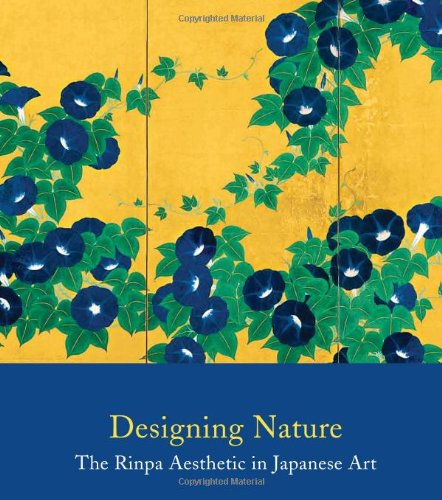
Designing Nature: The Rinpa Aesthetic in Japanese Art
John Carpenter
Metropolitan Museum of Art, New York, 2012
ISBN: 0300184999
Earlier still are the lavish artworks in the Rinpa style, featuring bold, colorful images and plenty of shiny gold. This book reproduces images of Rinpa artworks beautifully, allowing the reader to sink into their luxuriousness. Carpenter also studies the influence of the Rinpa aesthetic on Western art.
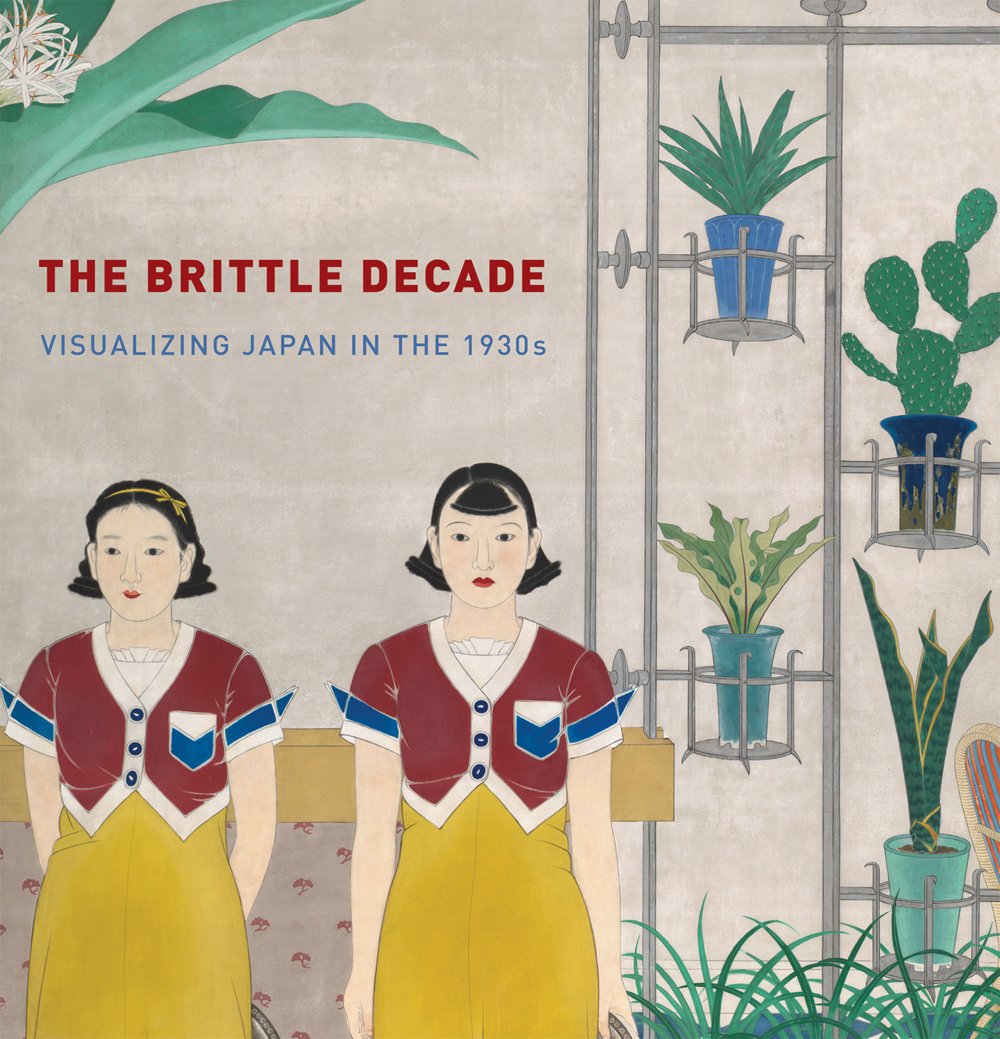
The Brittle Decade: Visualizing Japan in the 1930s
John Dower, Anne Nishimura Morse, Jacqueline Atkins, Frederic Sharf
MFA Publications, Boston, 2012
ISBN: 0878467696
Japan may be more famous for the screens of the Rinpa aesthetic or the woodblock prints of the Edo period, but turning some of your attention to a less-studied era may be rewarding. In The Brittle Decade, the authors explore the vibrant art of Japan in the 1930s, a period full of curious mixtures of old and new–like a kimono patterned with images of tanks.
Of course this is only a small sampling of the new materials we have for you! Come in and take a look at the new books shelf, hopefully before they’re all checked out.
